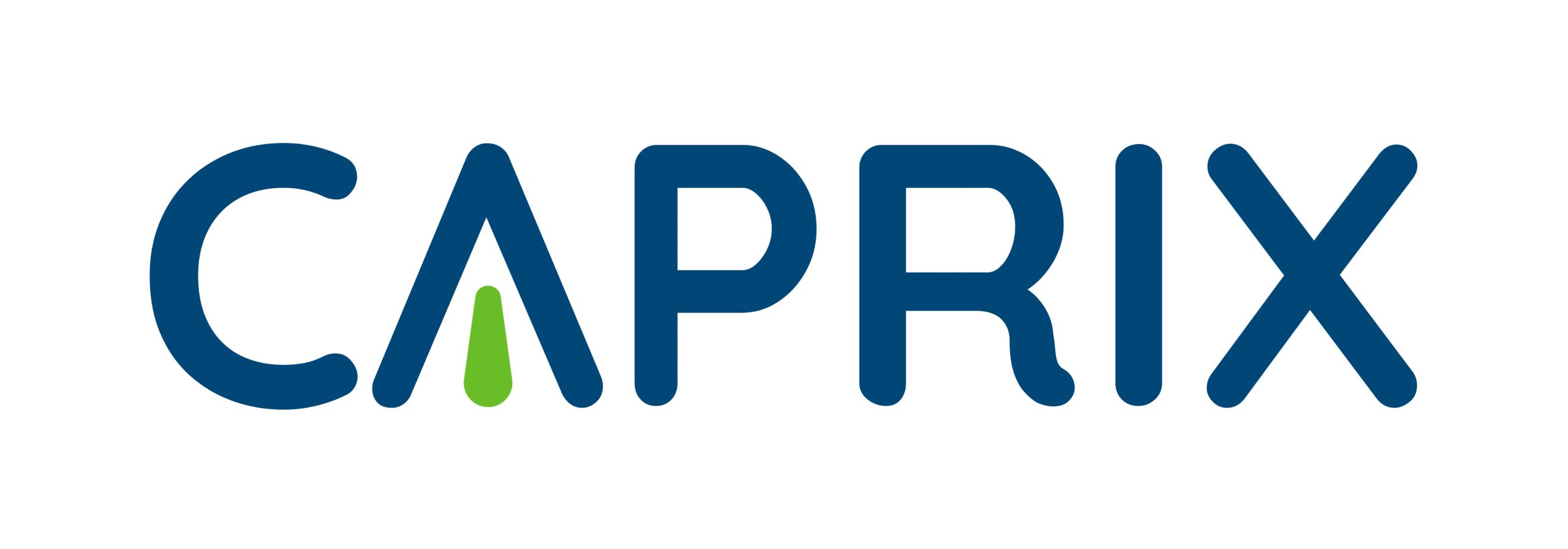When most labs think about grant planning, it’s usually in short bursts: the scramble to submit an application before a deadline, the relief of an award notification, the rush to onboard staff or place orders when funds hit the account. But between those moments, in the quiet stretch of weeks and months that follow, there’s a less visible challenge that can determine whether a lab thrives or constantly plays catch-up: long-term planning.
It’s easy to treat grants as a series of discrete events. One grant supports one project, with its own timeline and budget, and when it ends, the lab moves on to the next. But labs don’t operate in isolated cycles. They run continuously, often across multiple overlapping grants, shifting staffing needs, and evolving institutional requirements. Without long-term grant planning, that continuity becomes fragile.
What every lab needs to understand is that sustainability isn’t just about getting the next grant, it’s about understanding how today’s decisions impact the next year, two years, even five years. And it’s about building a strategy that accounts for timing, capacity, and funding mix, not just dollar amounts.
The biggest challenge is that most funding doesn’t arrive in a straight line. Some grants are multi-year with predictable disbursements; others arrive in chunks tied to specific deliverables. Some require matching funds or strict caps on certain categories. Others start later than expected or get tied up in institutional processing. Without a way to visualize how these timelines intersect, labs risk assuming stability that isn’t there.
Imagine this scenario… A lab receives a large award and makes hiring decisions based on the total value. But that funding is spread over three years, and by year two, the budget is already under pressure. Without proactive planning, the lab faces tough decisions: cutting roles, delaying experiments, or pulling from other awards in ways that cause compliance issues.
Critical Thinking
Long-term grant planning helps labs avoid these traps. It brings together timelines, personnel costs, indirects, and actual burn rates into a consolidated picture that stretches beyond the next quarter. It asks forward-looking questions:
“When do our largest grants end?”
“What overlap do we have between current and pending funding?”
“Can we afford to bring on this hire now, and keep them 12 months from now?”
This kind of thinking is especially critical when labs have multiple funding sources. A grant from the NIH might cover specific project aims, while another from a private foundation funds general lab operations. A bridge grant might temporarily support a technician whose primary funding has lapsed without a clear plan showing how these grants interlock, labs often run into duplication, overspending, or underutilized funds that get left on the table because the team couldn’t track where and when to apply them.
Strategic Funding
Long-term planning also opens the door for more strategic use of funding. Labs can stagger hiring to extend coverage. They can prioritize applications that fill specific timeline gaps rather than adding more complexity. They can make the most of year-end spending opportunities without the panic of not knowing whether funds will run short elsewhere.
It also allows labs to model contingencies. What happens if a major grant isn’t renewed? What if fringe rates go up 10% next year? What if an early-career researcher is ready for promotion, and their salary increases? Labs that engage in long-term planning aren’t caught off guard — they’ve already run the scenarios and are ready to adapt.
Peace of Mind
Just as important, long-term planning brings peace of mind to everyone involved. PIs can make hiring decisions with confidence. Lab managers can prioritize purchases without second-guessing. Team members know their roles are stable and tied to a clear plan. The entire lab shifts from reacting to anticipating.
Institutions benefit, too. Labs that plan well tend to spend funds more effectively, submit more competitive grants, and reduce administrative headaches. They’re easier to support because they know what they need and when, and they don’t show up in crisis mode when a grant ends unexpectedly.
But none of this happens by accident. Long-term grant planning requires tools, structure, and a mindset that values clarity over convenience. It means moving beyond spreadsheets that track past spending to systems that project what’s ahead. It means centralizing funding data, aligning it with personnel and timelines, and revisiting the plan regularly as things change.
The good news? Labs don’t need a finance team to do this. They just need access to the right information and a planning rhythm that treats grant funding not as isolated buckets, but as interconnected pieces of a larger puzzle.
Because in the end, the labs that succeed over time aren’t just the ones that land big awards. They’re the ones who use every grant, big or small, as part of a broader strategy. They think in terms of funding arcs, not award dates. They invest in stability, not just survival. And they plan not just for what’s now, but for what’s next.
That’s what long-term grant planning makes possible. And it’s what every lab deserves.



